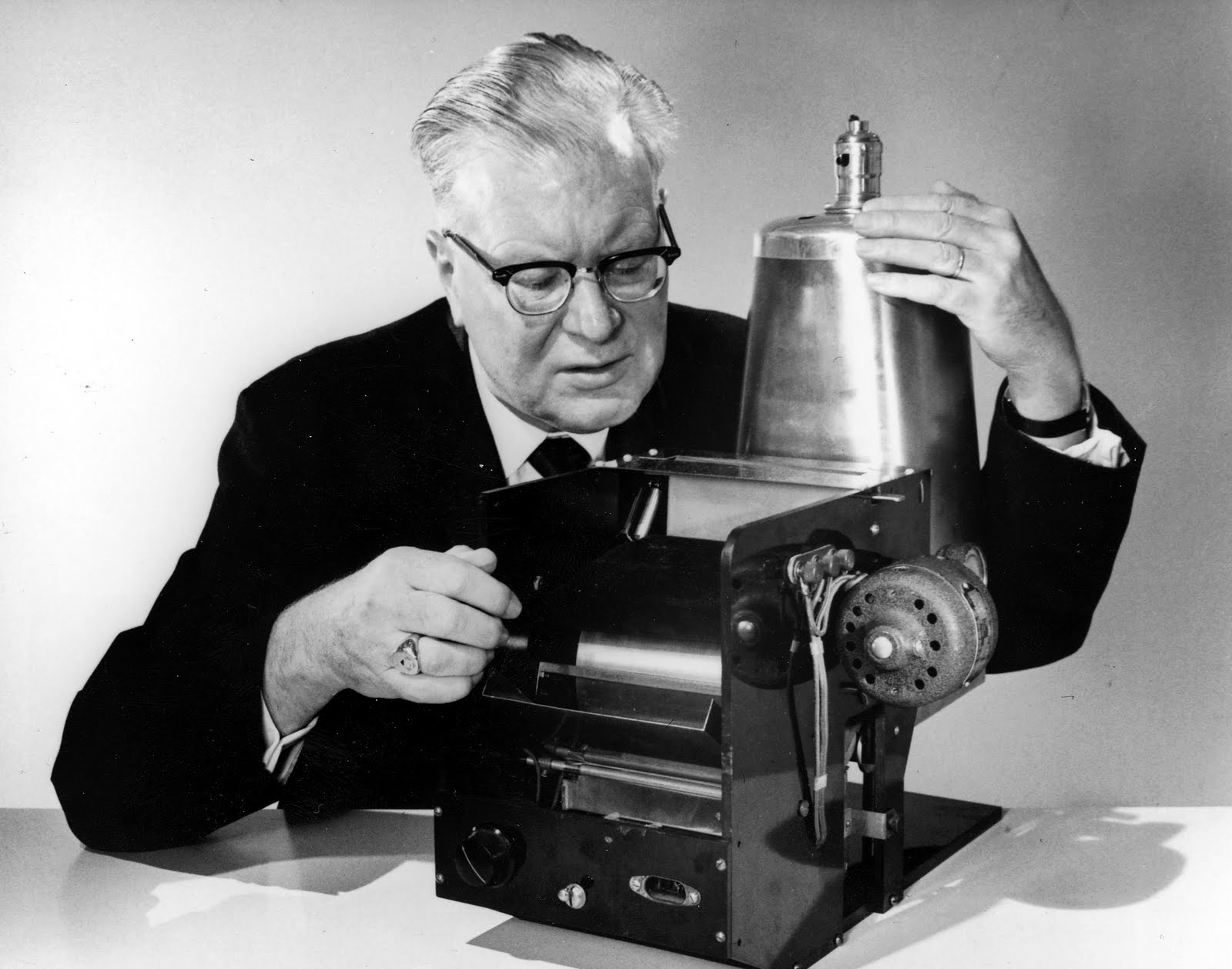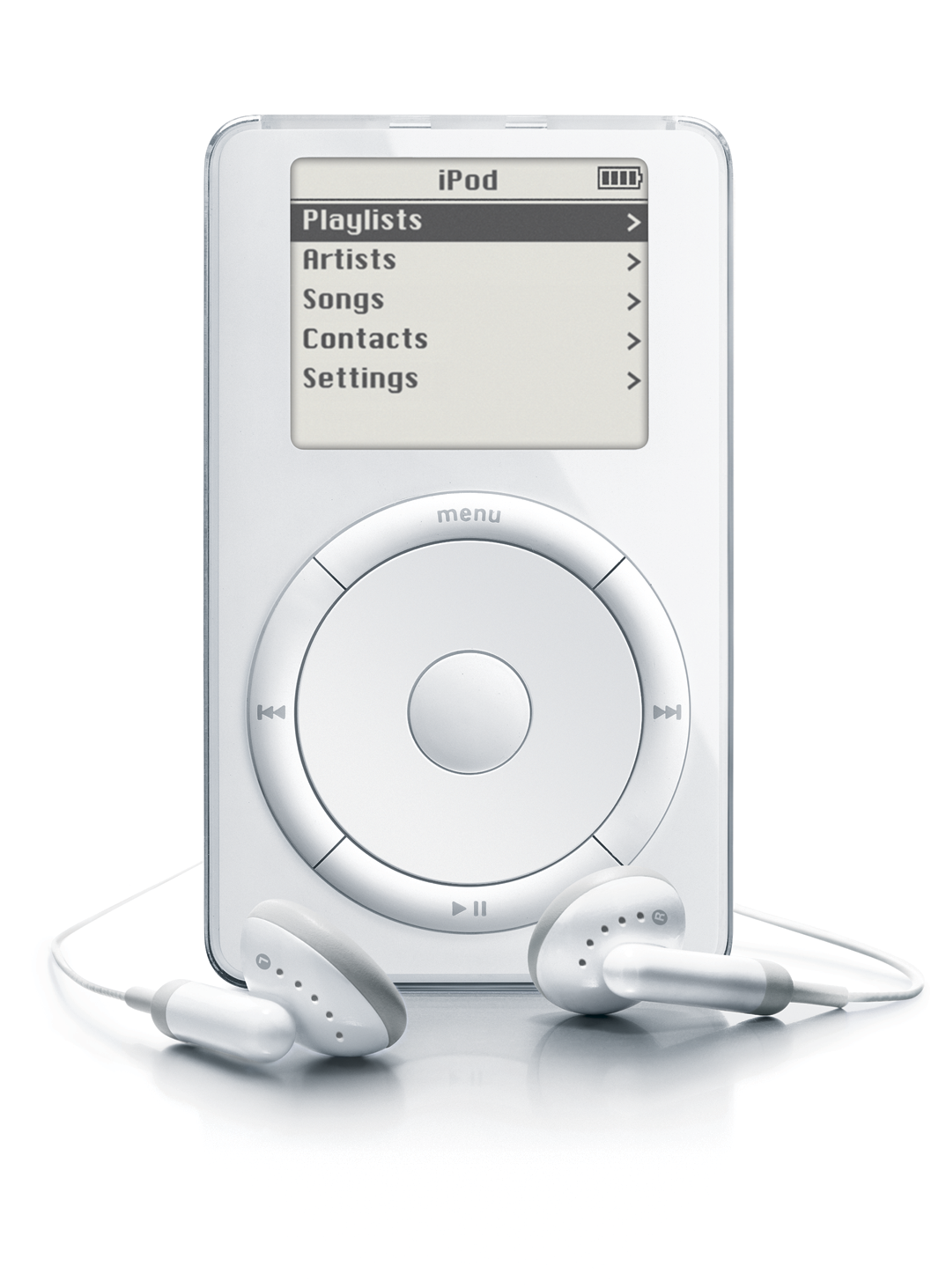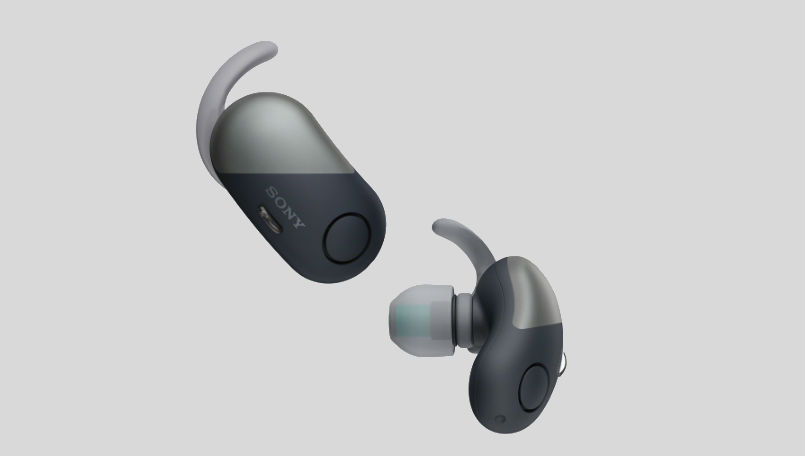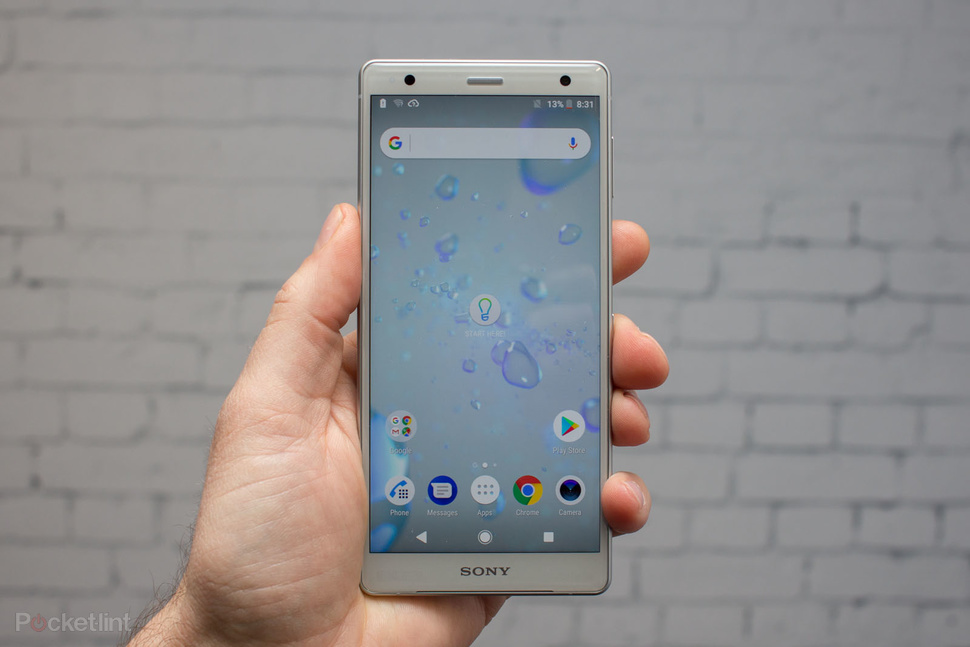Tech History Today
October 22, 1938: Chester Carlson successfully invents the first electronic photocopier
Chester Carlson and his assistant Otto Kornei, on this day in 1938, successfully invented the first electronic photocopier.
 Chester Carlson was originally a patent attorney, as well as a part-time researcher and inventor. His job at the patent office in New York required him to make a large number of copies of important papers. Carlson was arthritic; he found this to be a painful and tedious process. This eventually motivated him to conduct experiments with photoconductivity.
Chester Carlson was originally a patent attorney, as well as a part-time researcher and inventor. His job at the patent office in New York required him to make a large number of copies of important papers. Carlson was arthritic; he found this to be a painful and tedious process. This eventually motivated him to conduct experiments with photoconductivity.
 He made the first photocopy using a zinc plate covered with sulfur. Carlson wrote “10-22-38 ASTORIA” on a piece of paper and made the words historic for being the first to get xeroxed.
He made the first photocopy using a zinc plate covered with sulfur. Carlson wrote “10-22-38 ASTORIA” on a piece of paper and made the words historic for being the first to get xeroxed.
Interestingly, Carlson’s assistant Kornei had so little faith in the invention that within a year he quit working for Carlson. He willingly gave up on all the claims he had in the process. However, Carlson later gifted Kornei 100 shares of the Xerox corporation which would eventually be worth $1 million.
October 22, 2009: Microsoft releases Windows 7

Microsoft released Windows 7 on this day in 2009. The 2009 version of Windows stood out for its user-friendly interface. Microsoft also released Windows 7’s server counterpart, Windows Server 2008 R2, at the same time.
Windows 7, in contrast to its predecessor Vista, got appreciation by critics. The version got recognition as a major improvement over its predecessor due to its increased performance and a more intuitive interface.
 Windows 7 featured improved performance on multi-core processors, improved boot performance, DirectAccess, and kernel improvements. Also, the taskbar saw the biggest visual changes, where the old Quick Launch toolbar was replaced with the ability to pin applications to the taskbar.
Windows 7 featured improved performance on multi-core processors, improved boot performance, DirectAccess, and kernel improvements. Also, the taskbar saw the biggest visual changes, where the old Quick Launch toolbar was replaced with the ability to pin applications to the taskbar.
By April 23, 2010, Windows 7 had sold more than 100 million copies in six months, which made it the Microsoft’s fastest-selling operating system.






